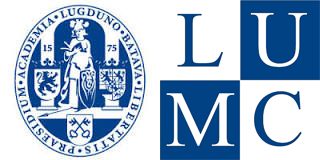
nid: 60418
Additional formats:
None available
Description:
The refraction of light through the cornea and lens. When light moves from one medium (such as air) into another medium (a) (such as the cornea or lens (b)), any rays not entering at a 90 degree angle will be refracted, or bent. Because both the cornea and lens have curved surfaces, they refract some of the light rays entering the eye. In doing so, they compress the image of what we see so that a large amount of visual information can be processed by a small amount of retinal tissue. The cornea refracts more light than the lens does because its surface is more curved, but the lens has the ability to change its shape, and therefore fine-tune the amount of refraction necessary to focus the light rays on the retina. This process is known as accommodation. English labels.
Anatomical structures in item:
Uploaded by: rva
Netherlands, Leiden – Leiden University Medical Center, Leiden University
Oculus
Cornea
Humor aquosus
Corpus vitreum
Retina
Creator(s)/credit: Cenveo
Requirements for usage
You are free to use this item if you follow the requirements of the license:  View license
View license
 View license
View license If you use this item you should credit it as follows:
- For usage in print - copy and paste the line below:
- For digital usage (e.g. in PowerPoint, Impress, Word, Writer) - copy and paste the line below (optionally add the license icon):
"Cenveo - Drawing The refraction of light through the cornea and lens - English labels" at AnatomyTOOL.org by Cenveo, license: Creative Commons Attribution




Comments